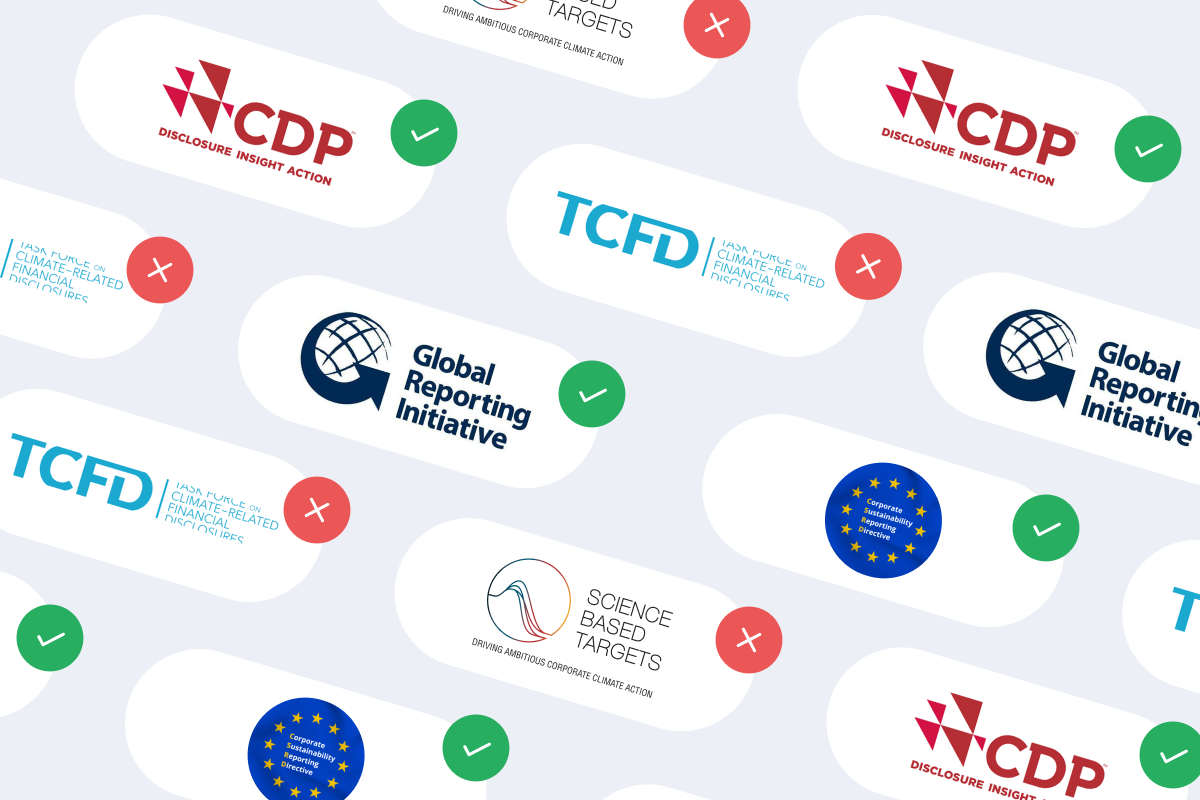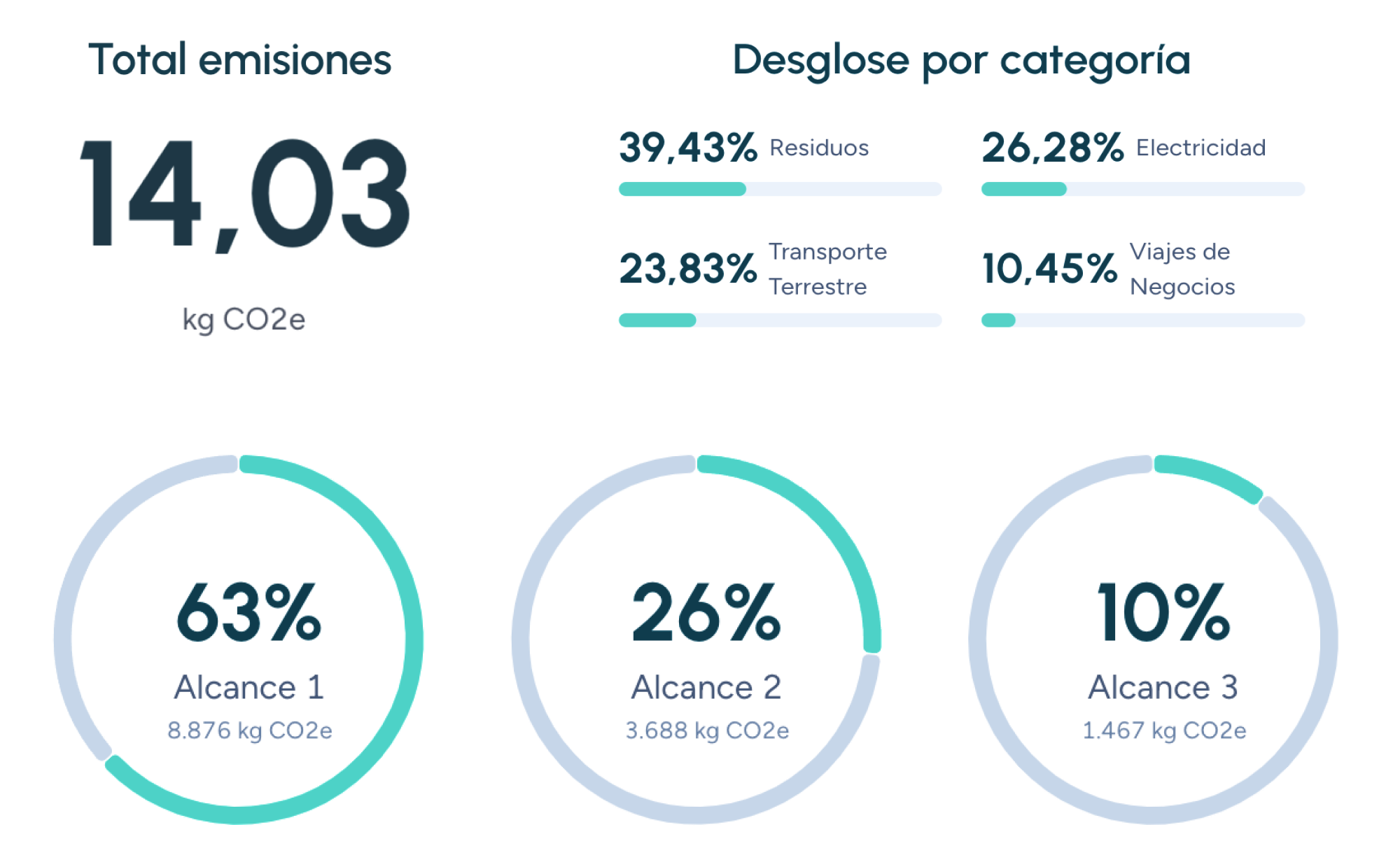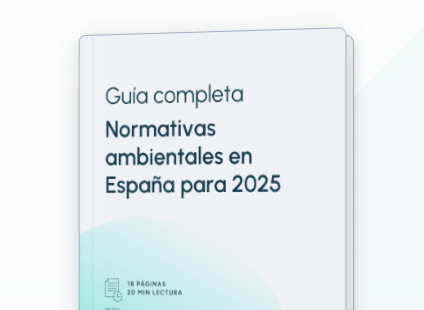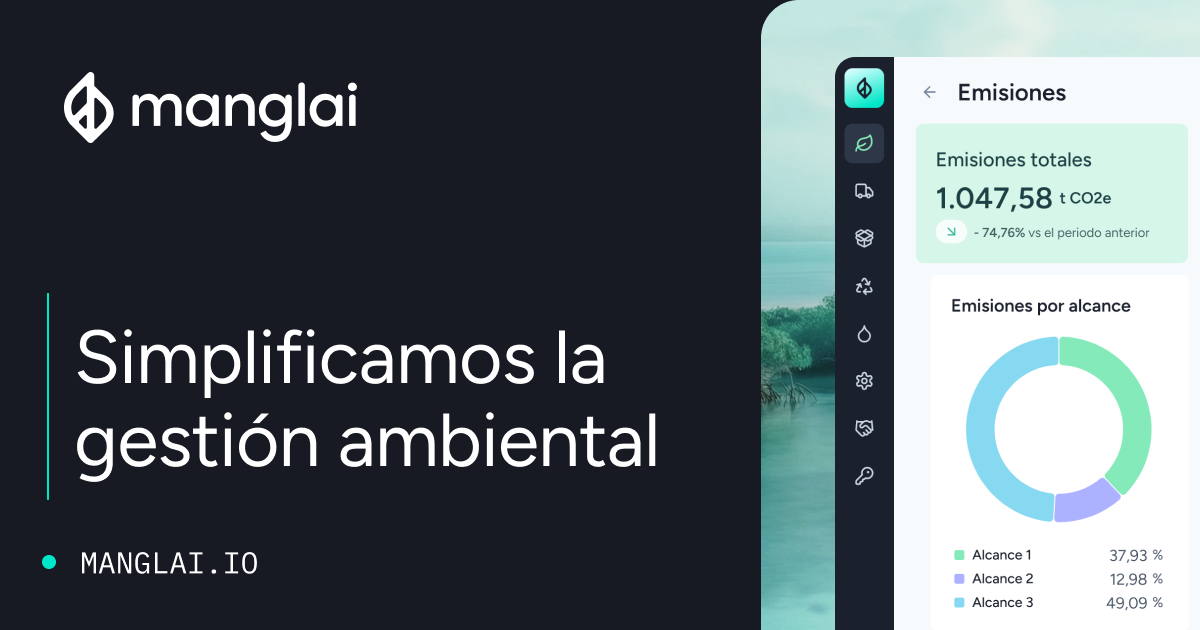Back to the blog
Legislation and regulation
EU Green Taxonomy: What is it and how does it affect your business?
Jaume Fontal
CPTO & Co-Founder
The European Union has established various strategies, principles, plans, and regulations with a shared goal: achieving a modern and sustainable economy where environmental care is a priority. In this context, the EU green taxonomy emerges as a crucial opportunity to integrate environmentally beneficial actions into business practices.
The EU green taxonomy thus becomes a strategy with multiple benefits. We’ve compiled clear and relevant information about the EU green taxonomy to help you gain a deeper understanding of this concept and how its implementation can benefit your business.
What is the EU Green Taxonomy?
The EU taxonomy is a classification system for identifying sustainable economic activities within a company. It helps determine which activities are considered sustainable according to the criteria of the European Green Deal.
The 6 Environmental Objectives of the EU Green Taxonomy
The EU green taxonomy is structured around six key environmental objectives that serve as criteria for assessing the sustainability of economic activities:
1. Climate change mitigation
Reducing greenhouse gas (GHG) emissions and contributing to the decarbonization of the economy through:
- Development of renewable energy.
- Improved energy efficiency.
- Electrification of transportation.
2. Climate change adaptation
Increasing resilience to climate change impacts, such as extreme weather events, through:
- Construction of resilient infrastructure.
- Development of early warning systems.
- Implementation of adaptation measures in agriculture.
3. Sustainable use and protection of water and marine resources
Preserving the quality and quantity of water resources and protecting marine ecosystems by:
- Sustainable water management.
- Reduction of marine pollution.
- Protection of marine biodiversity.
4. Transition to a circular economy
Minimizing waste generation, promoting reuse and recycling, and extending product lifespans through:
- Designing products for circularity.
- Implementing waste management systems.
- Developing business models based on the circular economy.
5. Pollution prevention and control
Reducing air, water, and soil pollution and minimizing hazardous waste generation through:
- Clean technologies.
- Proper waste management.
- Reduction of pollutant emissions.
6. Protection and restoration of biodiversity and ecosystems
Conserving and restoring ecosystems, protecting species, and promoting biodiversity through:
- Conservation of natural habitats.
- Restoration of degraded ecosystems.
- Promotion of sustainable agricultural practices.
Scope of the EU Green Taxonomy
The EU taxonomy applies to a wide range of actors, including:
- Companies subject to the Non-Financial Reporting Directive (NFRD).
- EU financial market participants offering financial products.
- EU companies and entities implementing measures to benefit from green bonds or financial products.
- Investors interested in the sustainable financial market.
Benefits of the EU Green Taxonomy for your business
Implementing the EU green taxonomy offers numerous benefits for companies, investors, and society as a whole. Key advantages include:
- Transparency and Comparability for Investors: Provides a common language for sustainability communication, enabling easier comparison between investments and companies.
- Promotion of Corporate Responsibility: By requiring companies to evaluate and report their sustainability performance, the taxonomy fosters greater corporate accountability.
- Identification of Sustainable Activities: Offers a clear framework for identifying economic activities that contribute to the EU’s environmental objectives.
- Facilitated Access to Green Financing: Companies that demonstrate alignment with the taxonomy criteria will have improved access to green financing.
- Improvement of Internal Company Infrastructure: Encourages companies to enhance internal infrastructure and integrate sustainability into decision-making processes.
Helping your company classify activities in compliance with the EU Green Taxonomy
At Manglai, as experts in carbon footprint measurement and specialists in the GHG Protocol and ISO 14064, we consider the green taxonomy a fundamental framework for guiding businesses toward sustainability.
Our solutions enable companies to identify and classify their economic activities according to taxonomy criteria, facilitating strategic decision-making and ensuring transparency in communicating environmental performance.
Jaume Fontal
CPTO & Co-Founder
About the author
Jaume Fontal is a technology professional who currently serves as CPTO (Chief Product and Technology Officer) at Manglai, a company he co-founded in 2023. Before embarking on this project, he gained experience as Director of Technology and Product at Colvin and worked for over a decade at Softonic. At Manglai, he develops artificial intelligence-based solutions to help companies measure and reduce their carbon footprint.
Content
Companies that trust us

CSRD for SMEs: How cascading regulation will impact your supply chain in 2025
Discover how the CSRD will affect SMEs through the supply chain in 2025—and how to get ready to comply.
22 October, 2025
B Corp Certification in Spain: Cost-Benefit Analysis and the Path to Impact
We analyze B Corp certification in Spain: costs, real benefits, and the steps to obtain the seal that drives sustainability.
06 October, 2025
GHG Protocol vs. ISO 14064-1: Which Standard Should You Choose for Your Emissions Inventory?
Discover the differences between the GHG Protocol and ISO 14064-1 and choose the ideal standard for your emissions inventory and the MITECO.
01 October, 2025
Guiding businesses towards net-zero emissions through AI-driven solutions.
© 2025 Manglai. All rights reserved
Política de Privacidad


